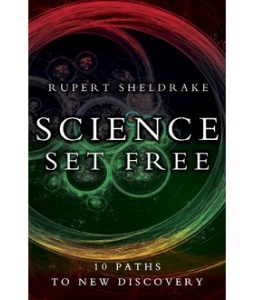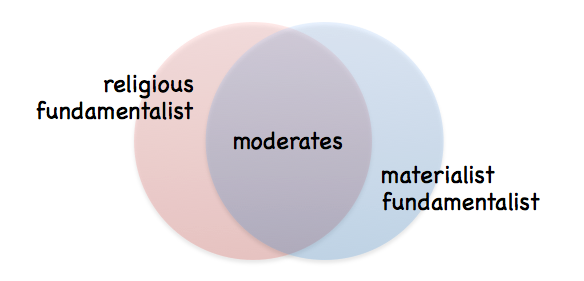In chapter 10 of The Science Delusion Rupert Sheldrake tackles an applied science – medicine. Mechanistic medicine, as he calls it, has a huge impact economically and socially. In many developed countries health expenditure takes a sizeable chunk of national budgets.
In his usual fashion Rupert Sheldrake covers mechanistic medicine chronologically. He observes that:
…animals and plants have been regenerating after damage , healing themselves and defending themselves against infections throughout the entire history of life on earth. All of us descended from animal and human forebears that survived and reproduced for hundreds of millions of years before the advent of doctors.
He claims that mechanistic medicine had some very impressive and beneficial early wins, such as the eradication of small pox, but the medical breakthroughs are not emerging so quickly and are much more expensive.
The corruption of science
The medical industry appears enmeshed in a web of corruption. The agency of corruption is the pursuit of profit. Rupert Sheldrake identifies now familiar ways that pharmaceutical research, publication and marketing processes are corrupt. The documentary, Marketing Madness, investigates these corruptions. It is a long video, but around 52 minutes, the safety of the drugs and research methods are investigated.
Ben Goldacre is an epidemiologist. In this TED talk, he talks about some of the trends eroding the integrity of science.
A Bahá’í perspective on health
A central Bahá’í principle is the essential harmony of Science and Religion. Bahá’u’lláh tells us to consult competent physicians, but also infers that those physicians are preferably “endued with divine understanding”.
Whatever competent physicians or surgeons prescribe for a patient should be accepted and complied with, provided that they are adorned with the ornament of justice. If they were to be endued with divine understanding, that would certainly be preferable and more desirable.[i]
The principle of moderation is central to the Bahá’í approach to healing.
In all circumstances they should conduct themselves with moderation; if the meal be only one course this is more pleasing in the sight of God; however, according to their means, they should seek to have this single dish be of good quality.[ii]
`Abdu’l-Bahá tells us that our foods will be our medicine.
Now let us speak of material healing. The science of medicine is still in a condition of infancy; it has not reached maturity. But when it has reached this point, cures will be performed by things which are not repulsive to the smell and taste of man – that is to say, by aliments, fruits and vegetables which are agreeable to the taste and have an agreeable smell. For the provoking cause of disease – that is to say, the cause of the entrance of disease into the human body – is either a physical one or is the effect of excitement of the nerves.
But the principal causes of disease are physical, for the human body is composed of numerous elements, but in the measure of an especial equilibrium. As long as this equilibrium is maintained, man is preserved from disease; but if this essential balance, which is the pivot of the constitution, is disturbed, the constitution is disordered, and disease will supervene.[iii]
Recent personal experience has reinforced this for me. I have a “competent physician”. Recently she told me was prediabetic and should consider medication. I instantly discounted this option, so she gave me a “prescription” – reduce or eliminate white flour, pasta, cakes, biscuits etc and white rice. It has had dramatic effect and I have lost about 9 kilos and am feeling much healthier. Ironically, this prescription didn’t give me access to any subsidised medicines. Dr Joel Fuhrman describes a prescription as a subsidised “free pass” to continue with an unhealthy lifestyle.
I purchased Dr Fuhrman’s The End of Diabetes. His advice fleshes out `Abdu’l-Bahá’s advice above. He states that the supplements based on knowledge of vitamins is not the full story. Vegetables contain hundreds of phytonutrients that contribute to a healthy, balanced diet.
Science can never stand still and embed the orthodox, it must keep pushing the boundaries. Such complexity of nutrition, as found naturally in vegetables could never be reproduced artificially. Why would you bother?
Here is Dr Fuhrman:
[i] Bahá’u’lláh: Health and Healing P. 459
[ii] Bahá’u’lláh: Health and Healing P. 459
[iii] `Abdu’l-Bahá: Some Answered Questions P. 257











